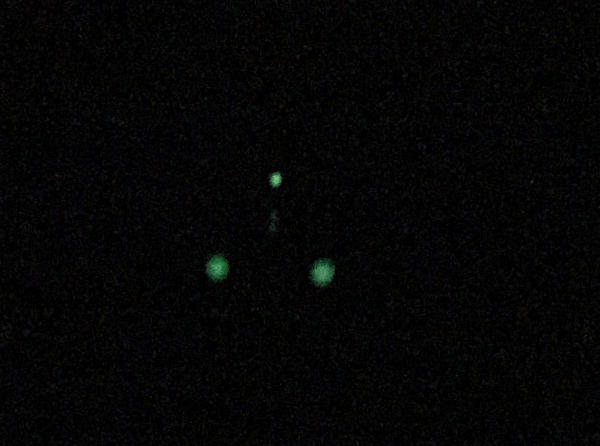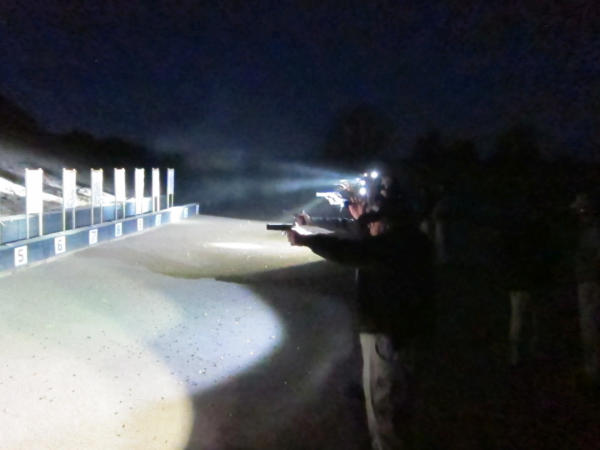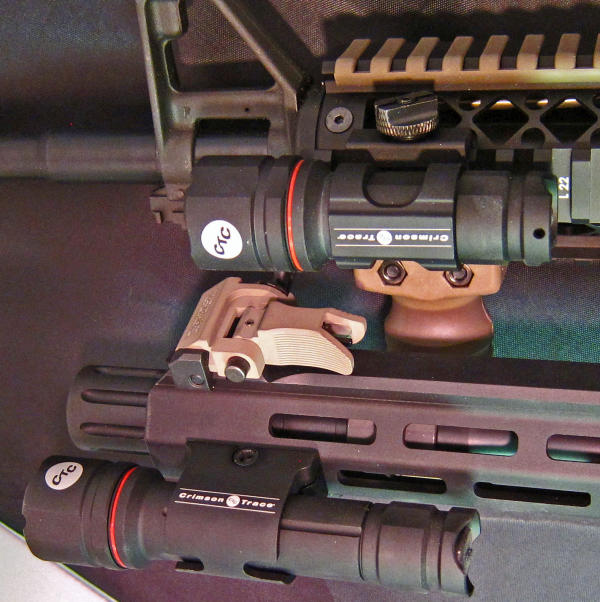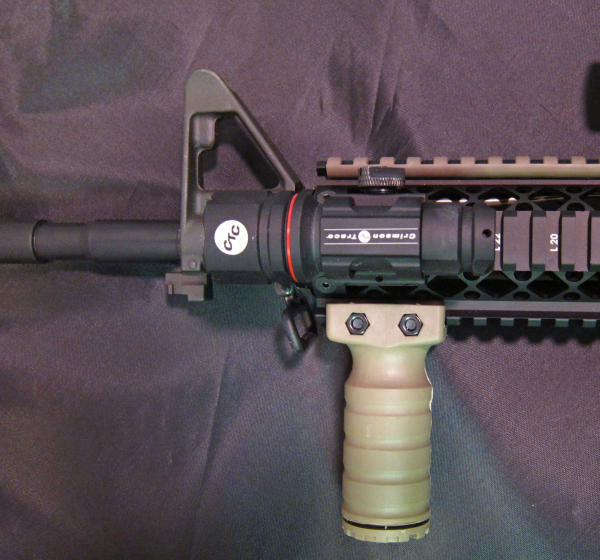
Sadly, people with no grasp of police use of force law/self defense law background default to what they “know.” Since the onset of the Global War on Terror, the pop lit calls for “rules of engagement.”
Rules of engagement are meant to regulate the use of force by members of service to US military assets – and are otherwise “irrelevant, incompetent and immaterial.”
Since, as a group, we’re wholesale thieving from the military, how about “PID?” It’s said that US Central Command Combined Forces Land Component issued a laminated card to ground assets in theater as a gentle reminder of the force rules. The first element said that enemy assets could be attacked as long as – in part – “Positive identification (PID) . . . required prior to engagement. PID is a reasonable certainty that the proposed target is a legitimate military target.”
While I rail against the inanity of using military concepts in personal defense/LE uses of force, the underlying concepts aren’t unique. “PID” – visual confirmation that the unknown is seeking to do harm (“jeopardy” in the elements of the circumstance that justifies homicide) and is capable of carrying out that intent immediately – is an absolute requirement.
Shotgun Joe “Boom-Boom” Biden notwithstanding, you can’t legitimately shoot through an opaque barrier or even discharge firearms into the air. You have to see to form the justifiable intent to stop a deadly threat. It’s tough to see in the dark, but there are equipment solutions.
Add to that, the verbal instruction set is a critical tool for threat remediation. Please, “verbal warning,” not a “challenge.” It’s not “pistols for two, coffee for one.”
Staying quiet and shooting at a shadow is problematic. Putting aside the legal issues, the moral and ethical considerations absolutely forbid such idiocy. You have to look at that face in the mirror for the rest of your short, miserable life after shooting a family member “you thought was a burglar.”
If you’ve not lost your voice, consider the lowly light switch. Inside a residence, one of the greatest force decision implements is lighting – ceiling fixtures, hall lamp, whatever. Turn on the lights. See before you decide if force is needed.

Still, when there’s a “violent, tumultuous entry” in the wee hours and someone’s screaming “where’s the dope,” it’s unlikely to be the gas company dropping by to check the house for natural gas leaks. Still you need positive visual identification.
Once you’ve decided that the force decision needs some illumination, the question becomes “do I need a weapon light?”
For homeowners more than police, I think a gun-mounted light makes sense. We don’t “gunpoint” people, a bad idea for anyone including cops. At 0330, after the door is crashed in, I can justify arming myself, calling out “who’s there?” and lying in wait. Having a 500-900 lumen gun light directed at the floor in the doorway will light things up without muzzling anyone.

For long guns, it’s not so easy to coordinate light and muzzle. Along with other companies, Crimson Trace makes lights for long guns and we have a pair of new ones here to try.
It’s fortuitous as I’m still working with the Springfield Armory SAINT pistol, a 7.5” barrel fire-breather that works like any AR15 but is more compact, lighter and has the excellent Aimpoint Micro-T2 red dot sight aboard.
I needed a light for it and I’m glad I waited.
There’s also a Palmetto State Armory AR15 in the shop and it has a BLACKHAWK! rail fore end. It was time to do some light installation.
The CWL-201 by Crimson Trace is a 900 lumens-capable gun light made for M-LOK or Keymod handguards. The SAINT has an M-LOK handguard, so we were off to the races.
A button in the tail cap activates the light: it’s simply momentary-ON, OFF and always ON. You need to reach the switch elsewhere – a remote on/off pad with cord and using hook & loop mounting straps is provided.
I kept the SAINT, short as it is, clean with only the tailcap switch.
The high output LED is the Cree XPL and the light is waterproof to one meter. My early sample includes a strobe function: the light would be better off without it. The battery life is expected to be nearly 1 ½ hours at 900 lumens.
Is that too much light? No – not according to those who’ve worked shoot house environments in training. The light can be removed from the mount and used as a handheld.
The CWL-100, made for a conventional “pic” rail, is shorter and has less power – 500 lumens on high, with a run time of over an hour.

Both of these guns needed lights and now they have them. Installation was quick and easy. The lights work – both are bright. Trying each of the guns empty/chamber flagged, I found the lights easy to use and worked as billed. Going to ‘strobe’ is disconcerting at first, but that feature is going away – and I won’t miss it.
Both lights have aluminum bodies. I’m not sure when I’ll actually get to shoot at night again, but it’s a cinch that just shooting the guns and checking the lights will tell us all we need to know about reliability of the electronics from being mounted on AR15s.
I’d be surprised if there are any issues.
If you’re ordering one of these lights now, I believe the new version will have both M-LOK/Keymod mounting as well as a mount for Picatinny rails.
-- Rich Grassi